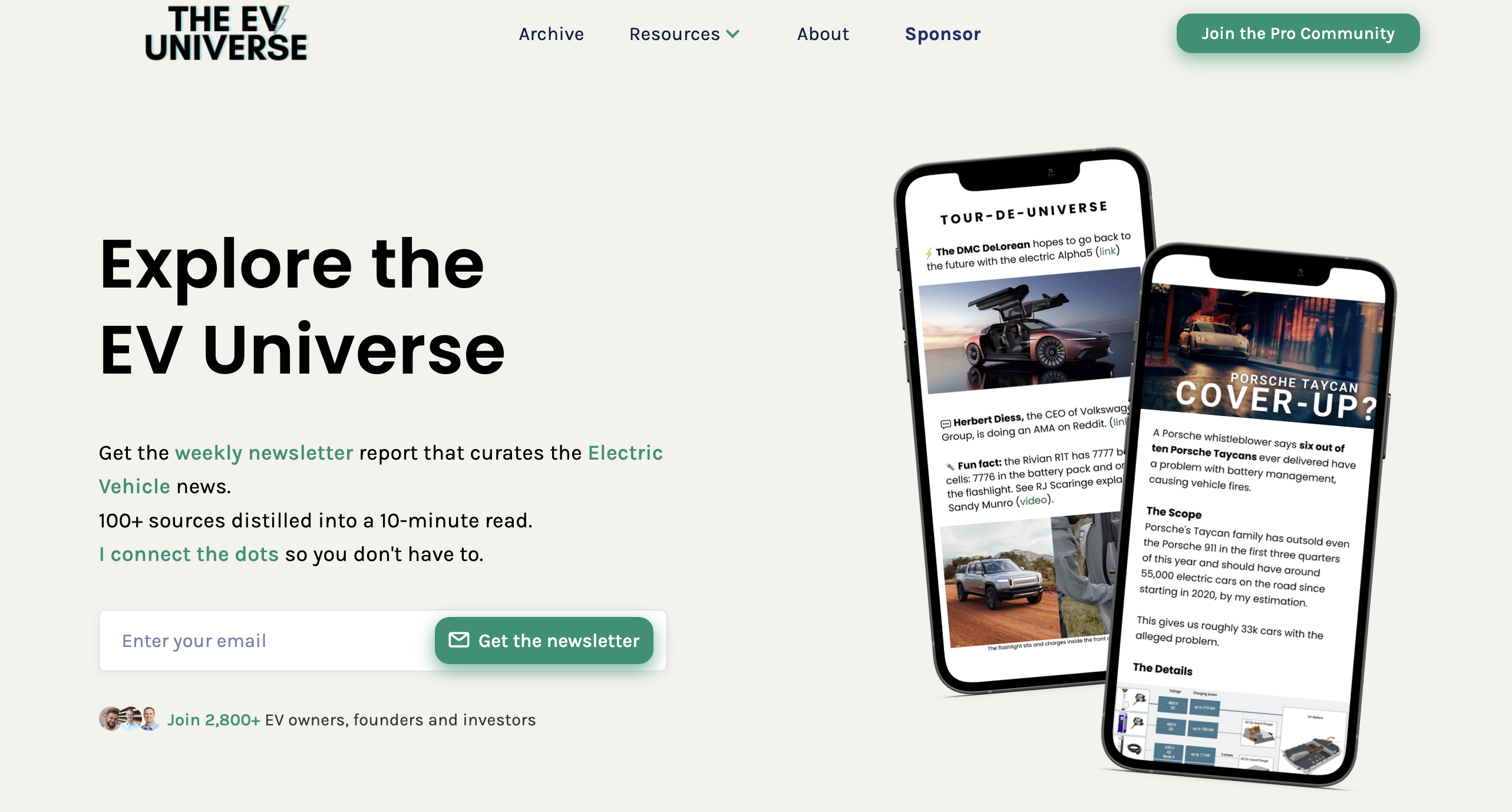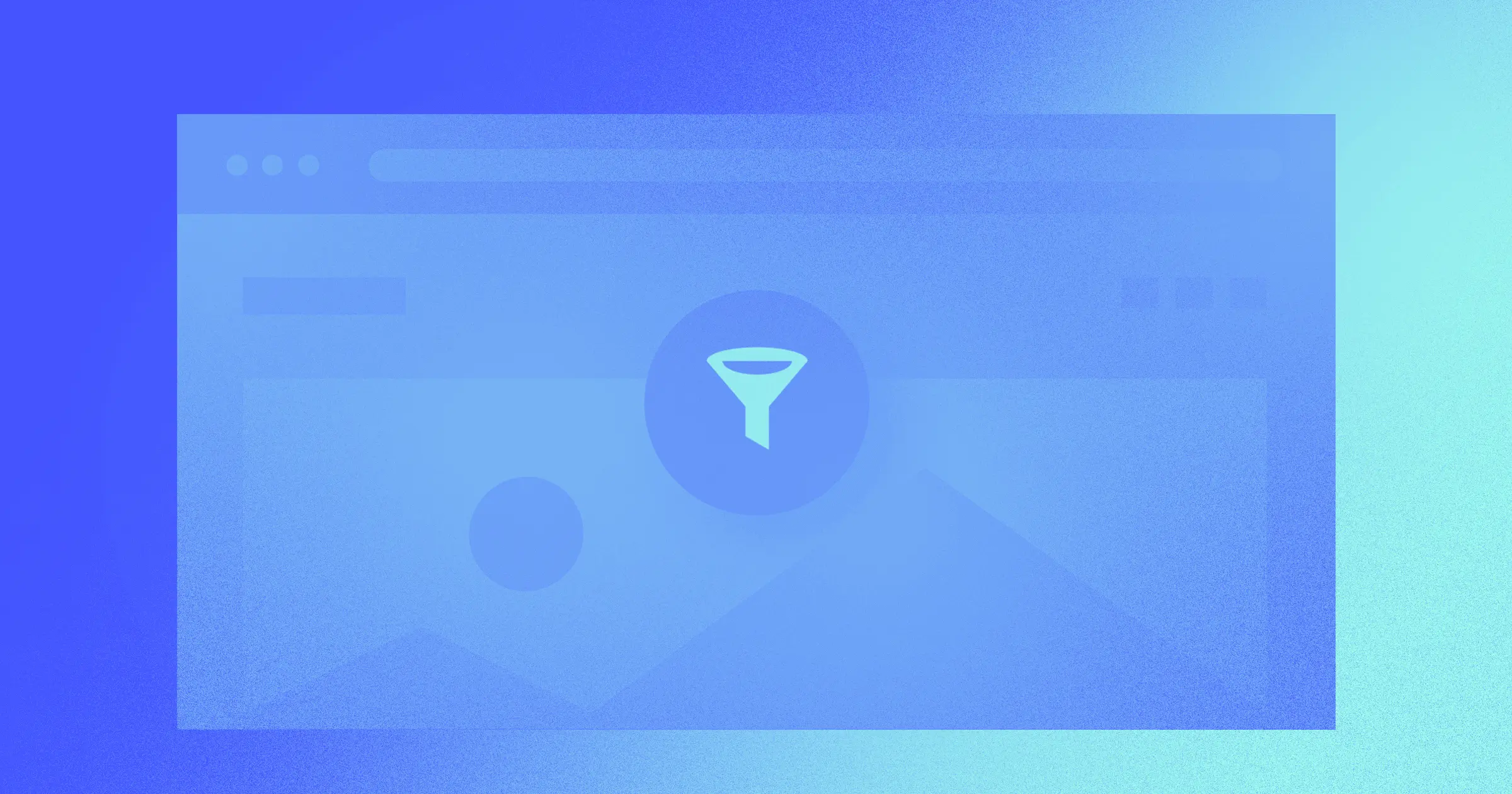When visitors find your website through organic search results, it’s a sign that your inbound marketing and SEO efforts are working.
However, getting users on your website isn’t the end-all-be-all. Teams then need to incorporate strategies that drive users toward conversion, be it an email sign up, free trial sign up, or product purchase.
It’s important to remember that people conduct searches in order to discover products or services that fill a gap — something that solves a problem they are dealing with or that meets an in-the-moment need, for example. This may be a pair of boots for the winter, an agency that can help them refine their brand identity, or a financial tool that helps them manage business expenses. And it’s up to organizations to meet users where they are to successfully draw them in.
Today’s marketers are tasked with the tall order of simultaneously speaking to their audience’s unique needs and providing value to their end users. So to help these teams get started, here are a few strategies designed to help deliver more engaging site experiences that drive conversions and will boost your bottom line.
1. Optimize your site layout and navigation
Websites aren’t solely about design aesthetics. They must be well-designed visually and present an engaging, user-friendly experience for your audience.
A well-structured site layout is also an integral element of website design. It should be intuitive, well-defined, and encourage users to stay on-site for longer periods of time.
The structure of site pages can be the deciding factor of a potential conversion. Jason Bradshaw, former Chief Customer & Marketing Officer for Volkswagen Australia, believes many websites have too much going on and try to meet too many consumer needs. He recommends only presenting one clear solution in each visual distinct space of your website to limit visual clutter. “And if you have to do more than one, I would say no more than three,” he adds.
Jason also emphasizes that simple, logical navigation is crucial and cautions teams from over-engineering. “We can get so clever at times, and it looks great. But then some customers just get lost,” he explained. He defines a good site layout as uncluttered, organized, and intuitive — a design that makes your calls-to-action (CTAs) easy to find.
Engage, a company that provides customer segmentation and marketing automation tools, has a website with clear messaging, user-friendly navigation, and easy-to-find CTA buttons — a few of the elements that work together to create an optimal site layout.

2. Design clear messaging that speaks to your audience
Messaging is what businesses use to connect with their audience. It’s also what brands use to represent themselves and highlight the value of their products and services.
A strong message is simple, clear, and compelling. It goes beyond words and includes the mission, feelings, and emotions behind them. If those emotions resonate with your target audience, your messaging invites and encourages them to interact and engage with your brand — which is crucial for driving conversions.
CTAs are a key area to consider when leveraging the power of messaging on your site. CTAs should be both clear and empowering. Instead of asking visitors to “Contact us for a free trial,” you can help your audience “Discover your business’s potential.” And organizations can and should run A/B tests to help them identify the best-converting messaging for CTA text, buttons, and beyond.
Partytrick’s website features great examples of how to state your message clearly. A simple, one-sentence header statement establishes their industry (parties) and how they can immediately help a prospective customer — by identifying Partytrick as the host. Plus, their messaging is light, compelling, and fun, perfectly reflecting their festive energy and mission. And because all of this is communicated in just seven lines of copy and two CTAs, consumers who are pressed for time but want to throw a great party can get right into it with their “Start a party” CTA, while anyone who wants to dig deeper can click the “How it works” button.

3. Drive signups by offering value
Consumers are looking for the promise of real value from products and services. For example, someone who struggles to stay tidy might be interested in a free downloadable daily checklist that will help them eliminate clutter. More importantly, they would also want additional content that empowers them to change their habits and stay mess-free. Another consumer may want guidance on how to use, set up, or maintain a product they’ve recently purchased.
That’s because value looks different to different consumers. For some, it’s added benefits and perks. For others, it’s discounts. And for the more cautious consumer, it’s trust and guarantees.
Businesses must make sure they are offering users value in ways that resonate effectively with their audience. Here is just a sample of the diverse ways marketing teams can do so:
- Use access to discounts or limited-time deals to encourage sign-ups
- Drive sign-ups with gated content, like a stellar newsletter, VIP programs, a 14-day trial, or any other unique (and free) tools
- Use audience segmentation strategies to offer more personalized offers, services, and opportunities
When it comes to asking for (and using) your customers’ personal information, Jason stresses the importance of building trust and providing clarity. “Be really transparent about what giving your contact info means,” he says. “Be true to your word. If you say you're going to get an email a week, don't start sending more to try and catch up with sales numbers, for example. That just turns people off.”
The EV Universe offers electric vehicle (EV) enthusiasts a way to receive the industry’s latest news on a weekly basis. The website’s biggest selling point to new visitors is a simple one: instead of digging around for news and updates that interest them, EV Universe does it for you.
The messaging is concise, they set expectations by clearly defining their email cadence, and they offer social proof messaging to lure new readers in. The bold, clear CTA button lets you sign up easily, and the clean design makes it easy to find the information you want.

4. Convert with highly-relevant content
Content is an incredible marketing asset, and today’s marketers have multiple formats and channels available to them to help publish and distribute quality content.
It’s important to remember brands rarely have one generalized audience, but instead have unique segments of customers with shared affinities. For example, an outdoor apparel company might have segments of runners, hikers, and rock climbers. Each desires content that relates to them, and teams must deliver content that speaks to topics they are interested in.
Look at pain points as insights that guide the content you create. They can present opportunities to share how your product or service is a unique solution, or how you’re willing to go the extra mile to help solve your customers’ problems.
How Volkswagen Australia harnessed the power of content
Jason sees content as a way to stand out from competition and offer innovative solutions that help get consumers past any barriers or challenges. In the early days of the pandemic, Volkswagen Australia was struggling to convince their customers to buy a car online. Buying a car was seen as an inherently in-person activity, and there was an industry-wide struggle to overcome that way of thinking.
The solution was to lean into unique info they already had in hand. A study they had recently conducted showed that 40% of Australians were willing to buy a car online without test driving it first, with the caveat that the vehicle needed to be under warranty and could be serviced nearby. Now it wasn’t an insurmountable cultural norm, but rather a specific series of concerns that could be addressed through new tools and messaging.
Jason’s team implemented content that addressed these issues, alongside the launch of an augmented reality tool. “We wanted customers to start creating that emotional bond, that ‘I can see the car in my driveway, I can see it in my garage’ moment,” he said. “Volkswagen also wanted to give consumers a way to open and close the doors virtually and explore the vehicle and its features more interactively.”
But remember: not all content strategies need to be as involved as guided AI experiences. Marketing teams can produce guides, how-to videos, and even lean on user-generated content to aid the research and buying processes. At the end of the day, it’s about reaching your audience in the ways that resonate best with them.
Generate more conversions organically in 2023
Fine-tuning the customer experience has become an essential responsibility for modern marketing teams. Especially in moments like now — marked by stripped-back budgets — marketers must get creative and find unique and reliable ways to generate more organic conversions. And by developing winning strategies for the web, businesses of all sizes can effectively reach their target audiences, speak to their pain points, and showcase their unique value.



















Tips and strategies from best-in-class organizations
In our ebook, learn how lean teams can overcome organizational obstacles, quantify your team’s impact, and plan and execute your marketing strategy.
































